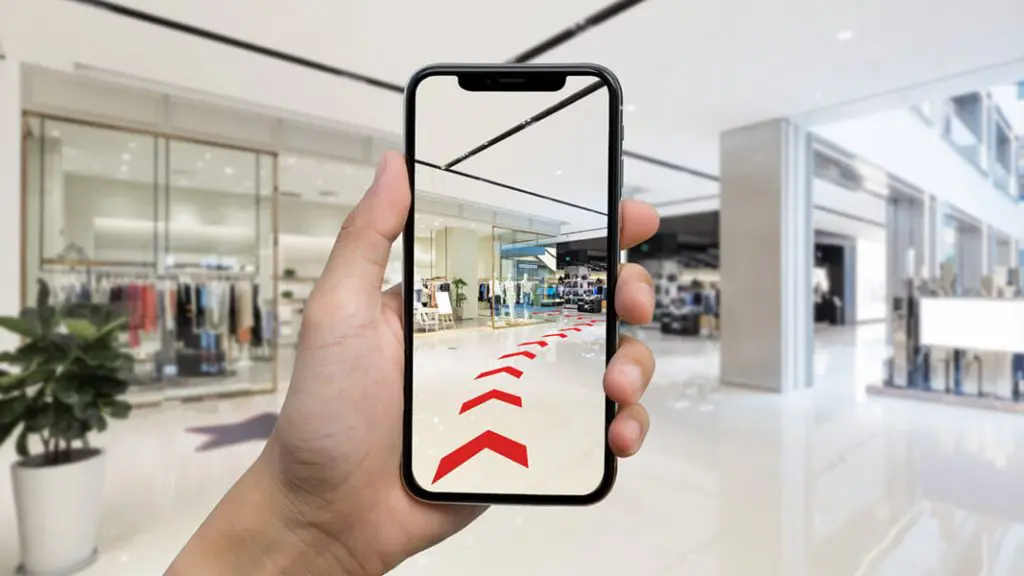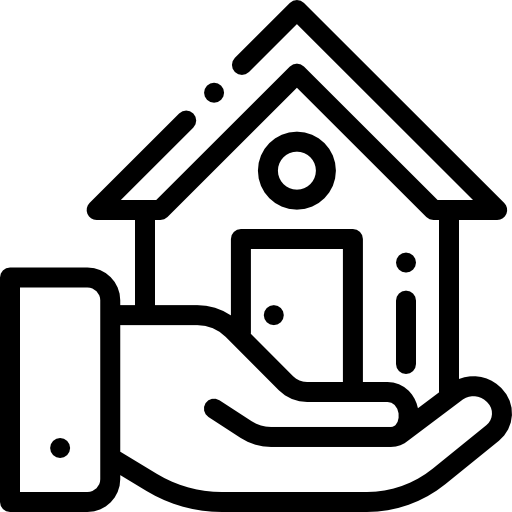The retail space in the UAE is moving towards a strategic shift with the possible adoption of a state-of-the-art indoor navigation system to enhance visitor wayfinding, interaction, and cash inflows at major malls. Such systems will use Bluetooth beacons, augmented reality overlays, and detailed digital plans for perspective turn-by-turn directions while giving actionable analytics on visitor behavior.
They will help to minimize the search time and personalized experience of shoppers while enhancing operators’ knowledge of footfall patterns, peak hours, and promotion effectiveness. Coordinated efforts on map accuracy and placement of sensors in the surrounding environment, as well as a healthy collection of privacy data, are necessary for the deployment of such infrastructures. However, in the long run, the benefits in terms of operational efficiency and customer loyalty will far outweigh the costs.
What are Indoor Positioning Solutions?
Large-scale malls such as Dubai Mall and Mall of the Emirates have hundreds of outlets on several levels, and the traditional signage is no longer fit for being raised to the level of expectations of the modern consumer today. Solutions for indoor navigation in the UAE are similar to GPS for enclosed spaces: they guide visitors to stores, restrooms, parking lots, and food courts by on-screen instructions and proximity alerts.
Core Technologies Enabling Accurate Wayfinding
Beacon and Sensor Integration
Bluetooth Low Energy (BLE) beacons strategically placed throughout a mall transmit signals to smartphones, enabling real-time location estimates within one to three meters. By combining beacon inputs with Wi-Fi trilateration, operators achieve seamless recalibration as shoppers move between stores, ensuring guidance remains precise even in crowded areas.
Augmented Reality Overlays
Some malls have adopted AR-based navigation features, where shoppers point their cameras at the surroundings and follow digital arrows superimposed on the live view. This method reduces cognitive load by offering visual cues that align with physical architecture and can highlight time-sensitive promotions or event locations directly in the user’s field of view.
High-Definition Mapping Frameworks
At the heart of any advanced solution lies meticulous indoor mapping for retail. Detailed 2D and 3D floor plans capture every corridor, entrance, fixture, and point of interest, forming the data layer for navigation and analytics. These maps support dynamic updates when stores relocate or temporary pop-ups and kiosks appear, maintaining accuracy in a changing retail landscape.
Advantages for Shoppers
Reduced Search Time and Frustration
Studies show that effective wayfinding can cut time spent searching by up to 40%, translating into a more satisfying visit and a higher likelihood of repeat patronage. Users select a destination within the mall’s mobile app and receive the most efficient walking route, eliminating instances of getting lost in sprawling interiors.
Enhanced Accessibility Features
These systems promote accessibility for malls through wheelchair-friendly routing, audio instructions for sight-impaired users, and real-time alerts about elevator or escalator maintenance. The accessibility approach widens mall patronage and builds the reputation of malls for taking good care of visitors.
Engaging Interactive Experiences
Gamified scavenger hunts, location-based quizzes, and beacon-triggered promotions turn errands into adventurous experiences. While walking past certain stores, shoppers will receive push notifications about limited-time offers, enticing them for an impulse visit and raising average transaction values.
Benefits for Retailers and Operators
Data-Driven Customer Insights
Anonymized movement data captured through navigation apps reveals peak hours, dwell zones, and popular pathways. Visualizing these patterns on indoor mapping for retail dashboards allows stakeholders to optimize staffing, refine product placements, and redesign underperforming areas.
Targeted, Location-Based Marketing
Real-time location awareness enables hyper-local promotions, such as sending discount vouchers to shoppers nearing specific fashion or electronics outlets. This precision marketing boosts conversion rates and strengthens brand recall among mall-goers.
Operational Efficiency and Cost Savings
Insights into footfall flows assist in scheduling cleaning crews, security patrols, and maintenance rounds based on actual visitor density rather than fixed intervals. Such data-driven allocation reduces operational expenses while maintaining high service standards across sprawling complexes.
Implementation Considerations
Deploying an indoor navigation system demands cross-functional coordination among IT teams, facility managers, and retail partners. Critical steps include
- Map Accuracy Audit: Verifying that digital floor plans match physical layouts, accounting for multi-level structures and emergency exits.
- Sensor Placement Strategy: Determining optimal beacon density to balance coverage and cost, typically one beacon per 50 to 100 square meters.
- App Integration and Testing: Ensuring compatibility with existing mall applications and stress-testing navigation algorithms in high-traffic conditions.
- Privacy and Consent Management: Implementing transparent data-collection policies and opt-in mechanisms to foster user trust and regulatory compliance.
Conclusion
The move towards sophisticated indoor navigation in UAE environments represents a milestone in retail innovation, one that elevates customer experience, refines operational workflows, and maximizes marketing impact. With precise positioning, immersive AR overlays, and robust indoor mapping for retail analytics, malls can transform wayfinding from a potential pain point into a strategic advantage.
For shopping centers in Dubai seeking turnkey expertise, Limina Studios offers comprehensive services including virtual tours, AR navigation integration, and bespoke mapping solutions to keep your retail space ahead of the curve.






















